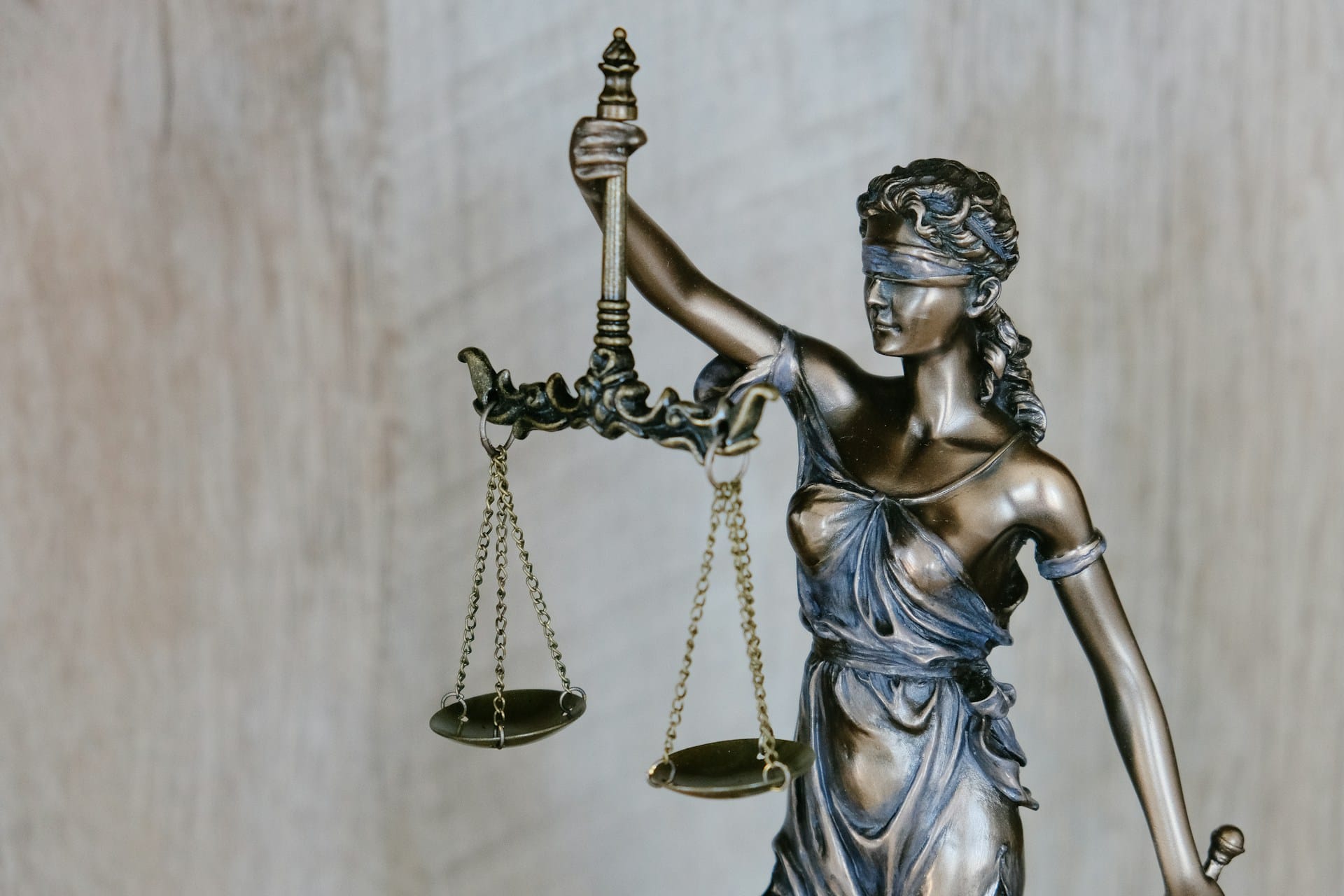Legal Sampling Techniques: How to Ethically Incorporate Others' Work in Your Music
Learn how to ethically and legally sample music of other artists. Understand the balance between creativity, copyright, and respect for original works.

Sampling has long been a vital part of music creation, from hip-hop’s early days to modern pop and electronic production. By borrowing fragments of existing recordings, artists can create something entirely new while nodding to their inspirations. But sampling doesn’t exist in a vacuum; it’s bound by laws and ethics that every musician must understand.
The Legal Side of Sampling

1. Sample Clearance
Clearing a sample means obtaining permission from all relevant rights holders. This process often involves negotiating fees and terms, which can vary widely depending on the sample’s length, prominence, and the popularity of the original work. For instance, using a well-known riff from a hit song will likely cost significantly more than sampling an obscure track.
Skipping this step can lead to serious consequences. Even small or heavily manipulated samples can trigger lawsuits. In fact, courts have consistently ruled that any unauthorized use of copyrighted material, no matter how brief, constitutes infringement. A famous example is the lawsuit against Robin Thicke and Pharrell Williams over “Blurred Lines,” which wasn’t even a direct sample but was deemed too similar in feel to Marvin Gaye’s “Got to Give It Up.”
2. Fair Use
Some artists argue that their sampling falls under “fair use,” a legal doctrine allowing limited use of copyrighted material without permission. Fair use applies when the new work is transformative, adding new meaning or context, and doesn’t harm the market value of the original. However, fair use is notoriously subjective and often decided in court. Relying on it without consulting an attorney is a gamble most musicians can’t afford to take.
3. Alternatives to Avoid Legal Pitfalls
If clearing samples feels daunting or financially prohibitive, there are other options:
- Use royalty-free sample libraries, which offer pre-cleared material for creative use.
- Work with public domain recordings, though verifying their status is crucial.
- Create your own recordings inspired by specific sounds or styles.
The Ethics of Borrowing

1. Respect for Original Artists
At its best, sampling is a form of dialogue between creators. By using another artist’s work, you’re entering into an unspoken collaboration. Acknowledging this through proper credit or even reaching out directly shows respect for their contribution. For example, Kanye West has famously credited artists whose work he samples, turning them into collaborators rather than mere sources.
Failing to credit original creators can feel exploitative, especially when the sampled artist comes from a marginalized background or lacks the resources to challenge unauthorized use. Ethical sampling means recognizing that every piece of music has a history and a creator behind it.
2. Adding Value
Ethical sampling also involves ensuring that your use of someone else’s work adds something meaningful rather than simply copying it. Transforming a sample, whether by chopping it up, altering its pitch and tempo, or layering it with other sounds, demonstrates creativity and respect for the original piece. The goal should be to build upon what came before rather than relying on it as a crutch.
Practical Steps for Ethical Sampling

1. Start with research. Before using any sample, identify who owns the rights to both the recording and composition. This information isn’t always easy to find but is crucial for securing permission.
2. Budget for licensing. If you plan to release your music commercially, factor sample clearance costs into your budget early on. Licensing fees can range from affordable to exorbitant depending on the sample’s prominence.
3. Document everything. Keep records of all permissions and agreements related to your samples. This paper trail will protect you if disputes arise down the line.
4. Consult professionals. If you’re unsure about your legal obligations, consider hiring a music attorney or using services that specialize in sample clearance.
5. Experiment creatively. Push yourself to manipulate samples in ways that make them unrecognizable or entirely new. This not only reduces legal risks but also strengthens your artistic voice.
Transformative Sampling

The most exciting uses of sampling come from artists who treat borrowed material as raw clay rather than finished sculpture. J Dilla, widely regarded as one of hip-hop’s most innovative producers, exemplified this approach. His album Donuts is a masterclass in manipulating samples to create entirely new rhythms and textures. Dilla often disregarded the original tempo of his source material, chopping and layering it to craft beats that felt simultaneously loose and precise. His use of the Akai MPC allowed him to manually filter and syncopate sounds in ways that redefined hip-hop production.
Similarly, The Avalanches demonstrated the vast potential of sampling with their debut album Since I Left You. This record is estimated to contain thousands of samples sourced from a wide array of music, movies, and television. Rather than simply stacking loops or riffs, the group wove these elements into cohesive soundscapes that tell a story. Tracks like the title song “Since I Left You” layer multiple samples ranging from obscure vinyl finds to recognizable hits into seamless compositions that feel entirely original. The Avalanches’ meticulous approach to arranging and combining these fragments highlights how sampling can be used as a tool for storytelling rather than mere replication.
Both J Dilla and The Avalanches show how sampling can change existing music into something fresh and meaningful. Their work highlights the importance of doing more than just copying, creating music that stands out on its own while still showing respect for the original material.
Follow LALAL.AI on Instagram, Facebook, Twitter, TikTok, Reddit, and YouTube for more information on all things audio, music, and AI.
